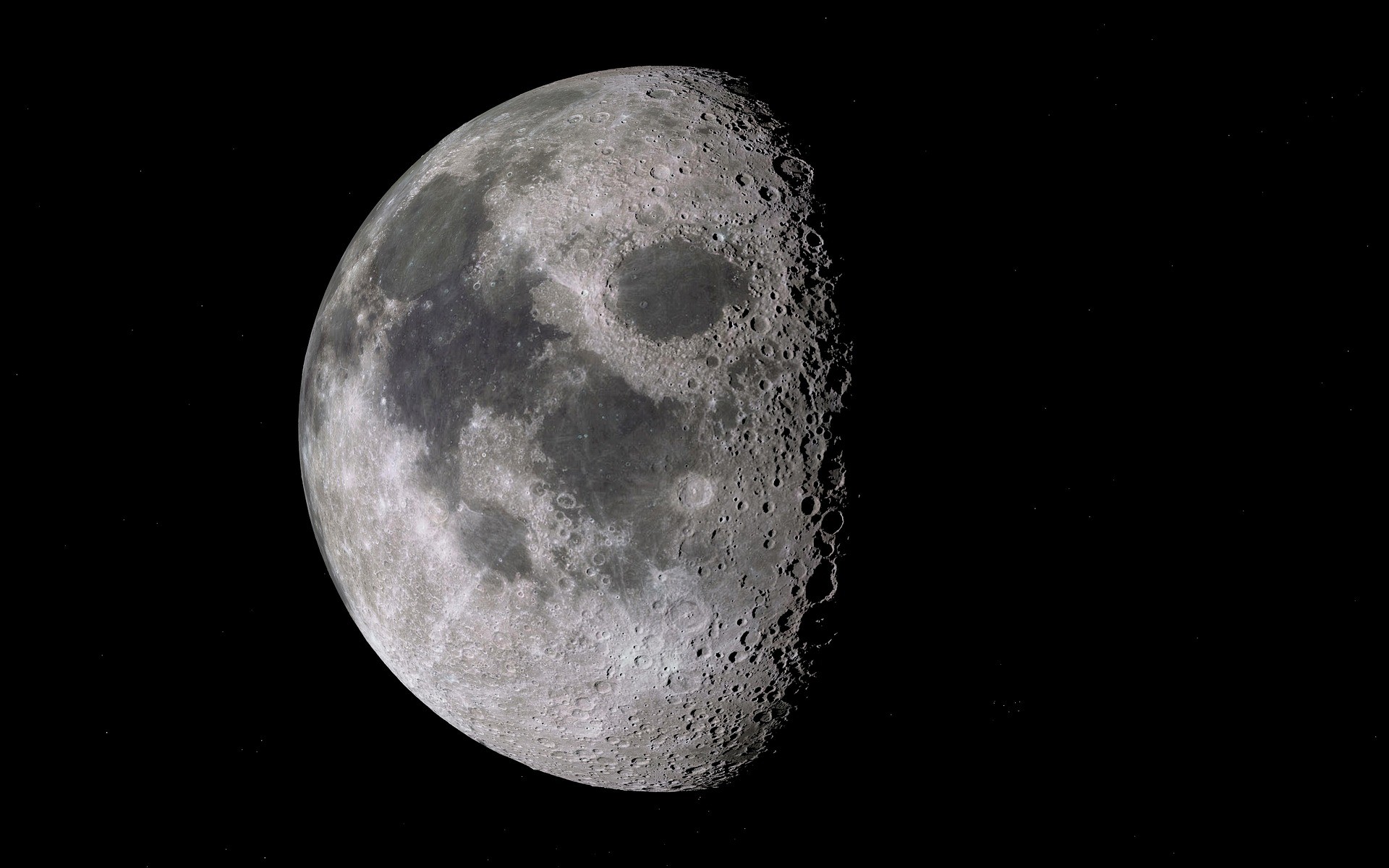
By Heather Hamilton, contributing writer
You’ll soon be able to make mobile phone calls on the moon, announced Nokia in a press release earlier this week. Or, more accurately, the moon’s mobile network will allow high-definition streaming from the moon to Earth as part of a privately funded project that will finance a mission to the moon by PTScientists, a group of German volunteer scientists and engineers.
PTScientists was initially founded to compete in Google’s Lunar X-Prize competition but missed Google’s launch window. The prize would have provided $20 million toward landing a spacecraft on the moon, where it would be required to complete different tasks. Earlier this year, the XPrize ended without a chosen winner.
Instead, PTScientists is aiming higher.
Vodafone Germany, Nokia, and Audi have partnered to make the network a reality, and Nokia is hard at work on a piece of hardware that weighs less than a bag of sugar. Right now, there is a launch scheduled from Cape Canaveral in 2019 aboard a SpaceX Falcon 9 rocket.
“We are very pleased to have been selected by Vodafone to be their technology partner,” said Marcus Weldon, Nokia Chief Technology Officer and President of Bell Labs. “This important mission is supporting, among other things, the development of new space-grade technologies for future data networking, processing, and storage and will help advance the communications infrastructure required for academics, industry, and educational institutions in conducting lunar research. These aims have potentially wide-ranging implications for many stakeholders and humanity as a whole, and we look forward to working closely with Vodafone and the other partners in the coming months prior to launch in 2019.”
To set up the network, which will rely on Vodafone’s expertise, two Audi lunar Quattro rovers will connect to a base station in the Autonomous Landing and Navigation Module. The network will allow the rovers to communicate with and transfer data and video while also studying the Apollo 17 lunar roving vehicle that landed in 1972.
According to Reuters, the companies decided on a 4G network, as opposed to a 5G network, because 5G is still in trial, which may cause instability in a location as unique as the surface of the moon. The base station will broadcast 4G using the 1,800-MHz frequency band, which will send a live feed of the surface of the moon to be broadcast to a wide audience.
Robert Böhme, PTScientists CEO and founder, believes that the project represents an important step forward in sustainable solar exploration and will allow power and energy savings that will enable additional exploration.
“This project involves a radically innovative approach to the development of mobile network infrastructure,” said Vodafone Germany Chief Executive Hannes Ametsreiter.
Sources: Nokia, Reuters
I mage Source: Pixabay
Advertisement
Learn more about Electronic Products Magazine








